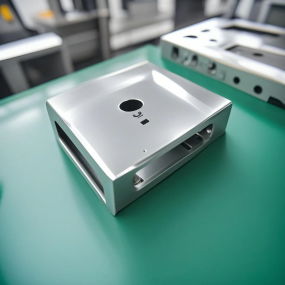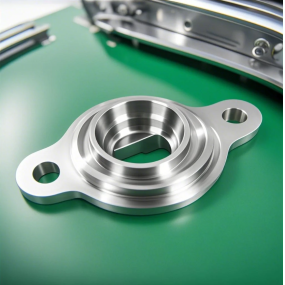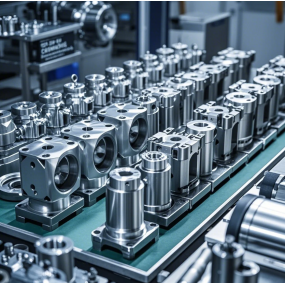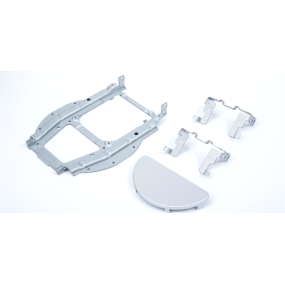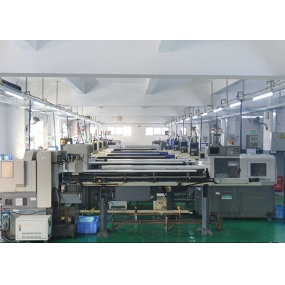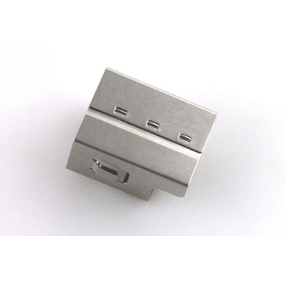The beginner's method for programming CNC machine tools is to analyze the process, draw the cutting path, establish a coordinate system, label the coordinates, and write the program according to the format.
Programming methods and steps for CNC lathes
Numerical control machine programming course is a comprehensive professional course in the field of numerical control. It requires students not only to understand the program, but also to be able to manually write machining programs for simple parts. Getting started with programming is difficult, but once you get started, it becomes a bit easier. The programming methods are summarized as follows:
1、 Analyze part drawings and determine the machining process
Analyze the material, shape, size, accuracy, blank shape, and heat treatment requirements of the parts, determine the correct machining method, positioning and clamping, machining sequence, tools and cutting parameters used, and formulate the machining process. This stage is an important part of numerical control programming. Its main purpose is to determine the process route, cutting parameters, and workpiece positioning, clamping, etc. of CNC Machining. Firstly, there is the division of CNC machining processes, such as machining end faces, machining outer circles, slotting, cutting, and so on; Secondly, the selection of cutting tools should be done reasonably; Next is the arrangement of the process sequence, which requires that in determining the process, the machining route should be short, the feed and tool change frequency should be reduced, and the functions of the CNC machine tool should be fully utilized to ensure safe, reliable, and efficient machining.
The cutting path refers to the motion trajectory and direction of the tool's cutting position relative to the workpiece during the machining process. It not only includes the content of the steps, but also reflects the sequence of the steps. When arranging precision machining processes that can be performed with one or multiple cuts, the final contour of the part should be continuously machined with the last cut. At this point, the advance and retreat positions of the machining tool should be carefully considered, and it is advisable not to arrange cutting personnel, cutting out or changing tools, or pausing in continuous contours, in order to avoid elastic deformation caused by sudden changes in cutting force, resulting in surface scratches, shape changes, or stuck tool marks on smooth connecting contours.
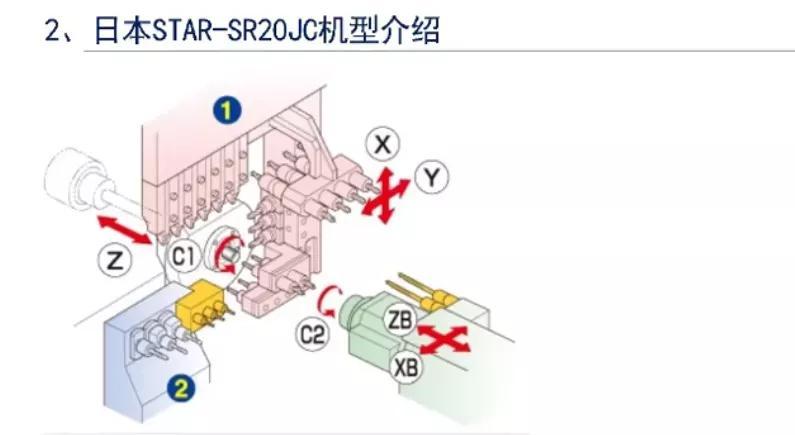
2、 Numerical calculation
Calculate the coordinate values of the motion trajectory based on the size requirements of the parts, the machining route, and the set coordinate system. For simple parts composed of arcs and lines, it is only required to calculate the coordinates of the intersection or tangent points of each geometric element on the contour of the part, and obtain the coordinate values of the starting point, ending point, and arc center of each geometric element. If the CNC system does not have tool compensation function, the motion trajectory of the tool position should also be calculated. For complex parts composed of non-circular curves, due to the fact that CNC machines usually only have linear and planar arc interpolation functions, only branch line segments or arc segment approximation methods can be used for machining. At this time, the coordinate values of the intersection point (i.e. node) between the approximation line segment and the processed curve need to be calculated.
For simple planar motion trajectories, the calculation of the coordinate values of each geometric element is often done manually. For motion trajectories that are very complex or three-dimensional, the calculation of coordinate values is often done with the help of computers. For CNC machined parts, in order to facilitate programming and coordinate dimensions, it is best to annotate the dimensions from a reference point, and provide the relevant coordinate dimensions directly. By using absolute programming, the coordinate values can be directly seen from the graph. If not, it's better to change the annotation.
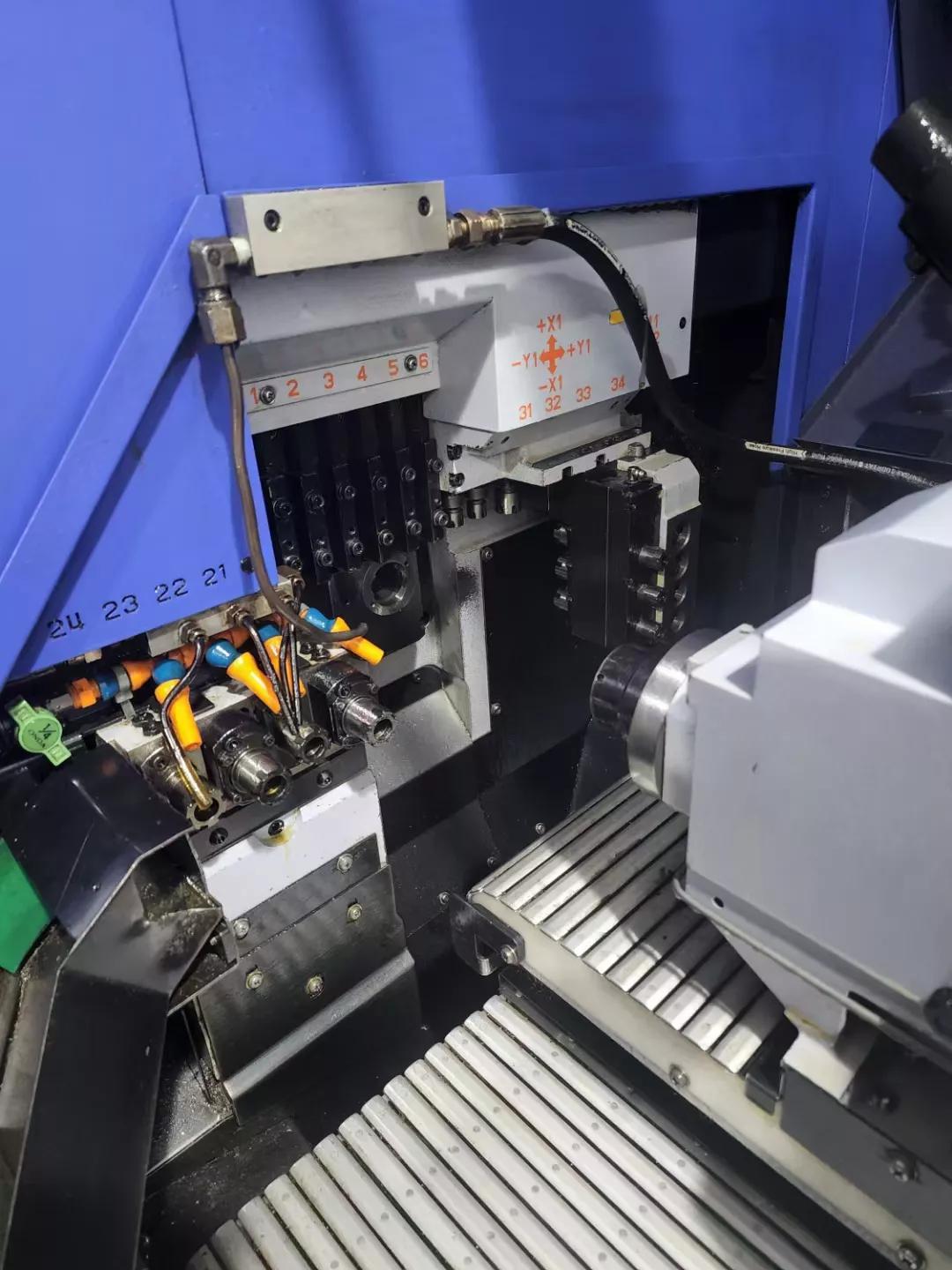
3、 Write a program sheet
Based on the calculated motion trajectory coordinates and the determined machining sequence, tool number, cutting parameters, and auxiliary actions, write the machining program sheet segment by segment according to the specified instruction code and program format. When writing programs, attention should be paid to making them simple, convenient, and intuitive. When establishing a workpiece coordinate system, CNC lathes generally set the program origin on the right end face of the workpiece. The CNC machining program consists of a series of program segments, which in turn are composed of instruction words.
Before programming, it is necessary to first understand the basic format of program segments, the format, function, and purpose of commonly used instructions. In fact, there are not many basic processing instructions, such as G00, G01, G02, G03, etc; Secondly, the processing route should be determined, and the coordinate values of points on the route should be marked as much as possible, so that it is not easy to travel during programming; Then write the program sheet. The general steps of program writing are summarized as follows: program number - program content - program end.


 Spanish
Spanish Arabic
Arabic French
French Portuguese
Portuguese Belarusian
Belarusian Japanese
Japanese Russian
Russian Malay
Malay Icelandic
Icelandic Bulgarian
Bulgarian Azerbaijani
Azerbaijani Estonian
Estonian Irish
Irish Polish
Polish Persian
Persian Boolean
Boolean Danish
Danish German
German Filipino
Filipino Finnish
Finnish Korean
Korean Dutch
Dutch Galician
Galician Catalan
Catalan Czech
Czech Croatian
Croatian Latin
Latin Latvian
Latvian Romanian
Romanian Maltese
Maltese Macedonian
Macedonian Norwegian
Norwegian Swedish
Swedish Serbian
Serbian Slovak
Slovak Slovenian
Slovenian Swahili
Swahili Thai
Thai Turkish
Turkish Welsh
Welsh Urdu
Urdu Ukrainian
Ukrainian Greek
Greek Hungarian
Hungarian Italian
Italian Yiddish
Yiddish Indonesian
Indonesian Vietnamese
Vietnamese Haitian Creole
Haitian Creole Spanish Basque
Spanish Basque


